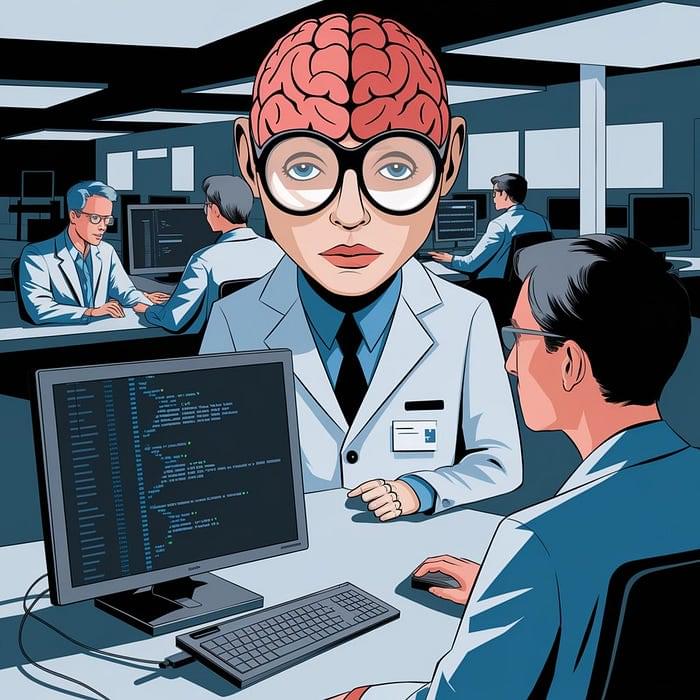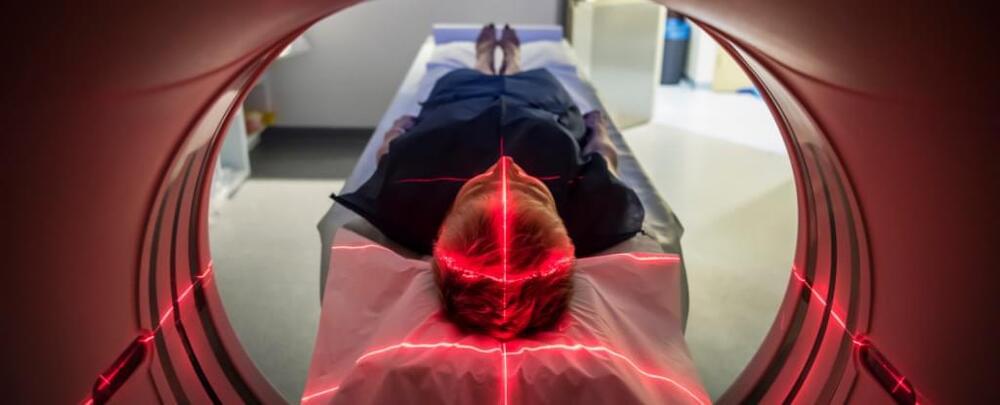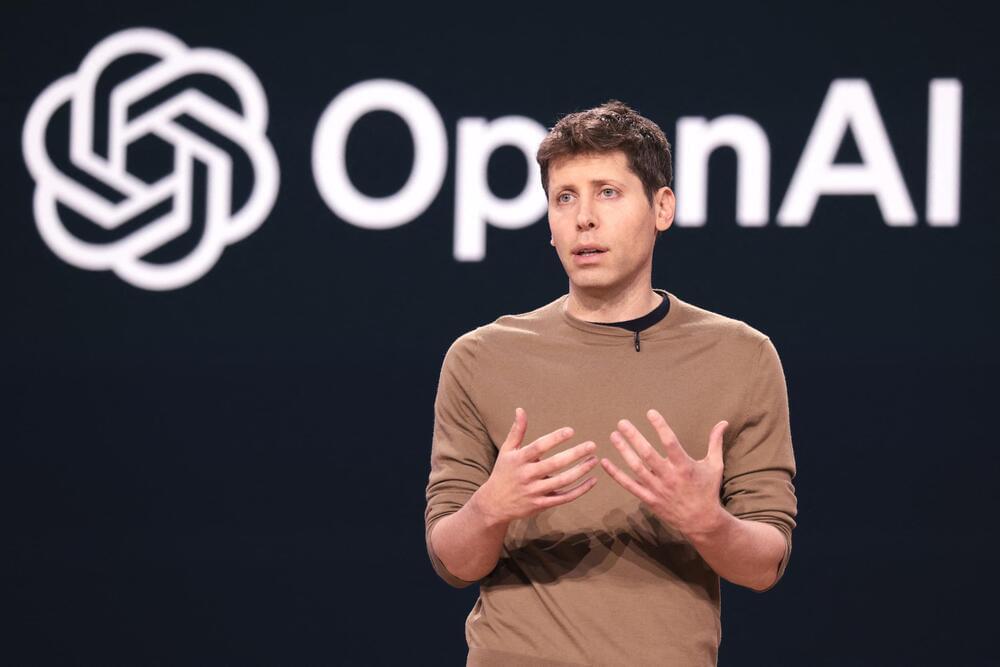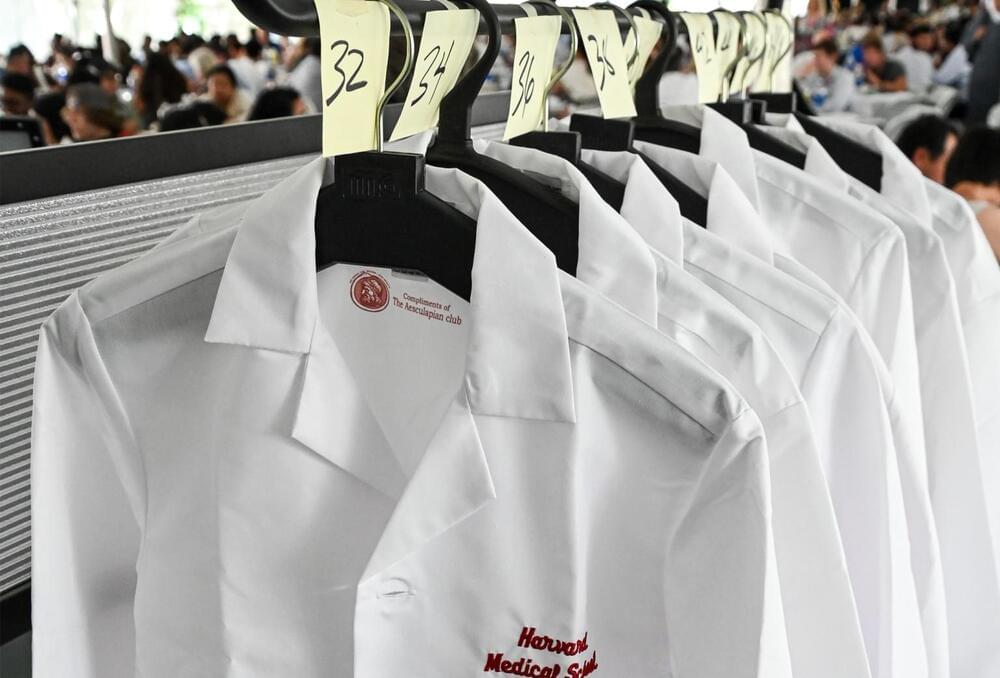A recent study published in Communications Psychology reveals that individuals with higher psychopathic traits show reduced sensitivity to pain, which affects their ability to learn from painful consequences. The researchers found that people with elevated psychopathic traits tend to revert quickly to initial beliefs after experiencing pain. This new insight could help us understand why individuals with these traits often struggle to adapt their behavior despite negative consequences.
People with psychopathic traits frequently ignore the negative consequences of their actions, likely due to differences in how they process punishment. Past studies have indicated that psychopathy is associated with both an insensitivity to punishment and an excessive drive toward reward, but this study aimed to explore the computational learning processes specifically related to pain. Pain can serve as a powerful teaching signal, so understanding how reduced pain sensitivity influences learning in people with psychopathic traits could shed light on the mechanisms behind their often harmful decision-making.
“One of the hallmarks of psychopathy is aggressive, exploitative behavior with little regard for the wellbeing of others,” said study author Dimana Atanassova, a postdoctoral researcher at the Donders Institute for Brain, Cognition and Behaviour at Radboud University.





